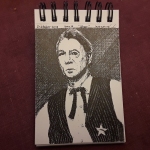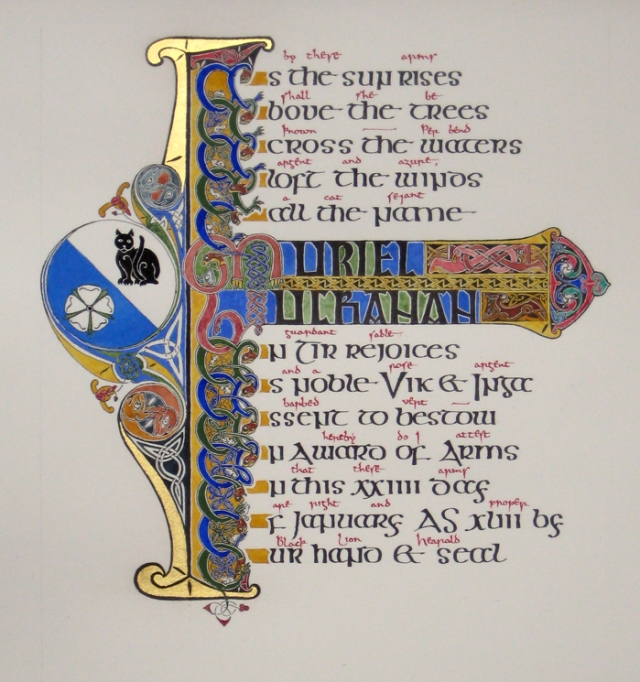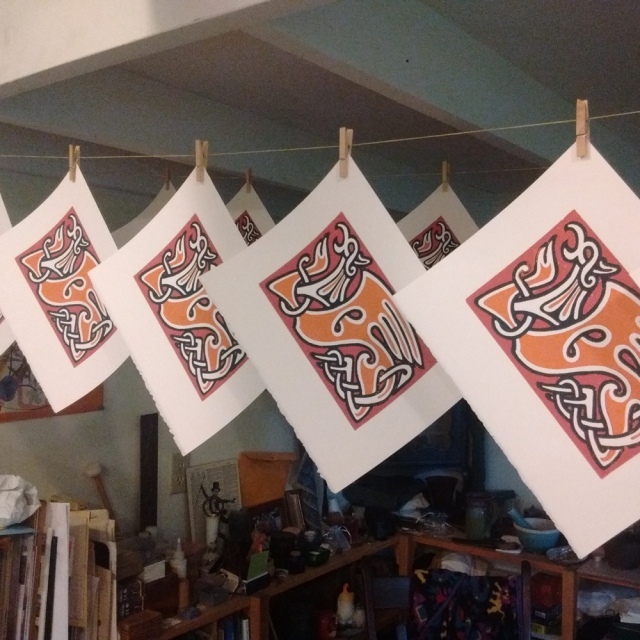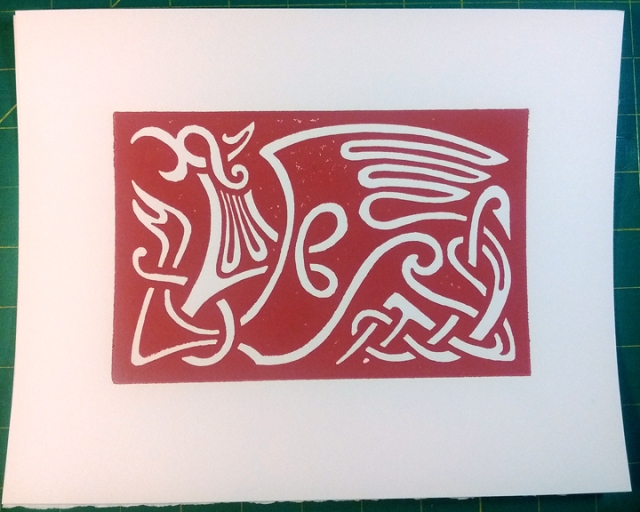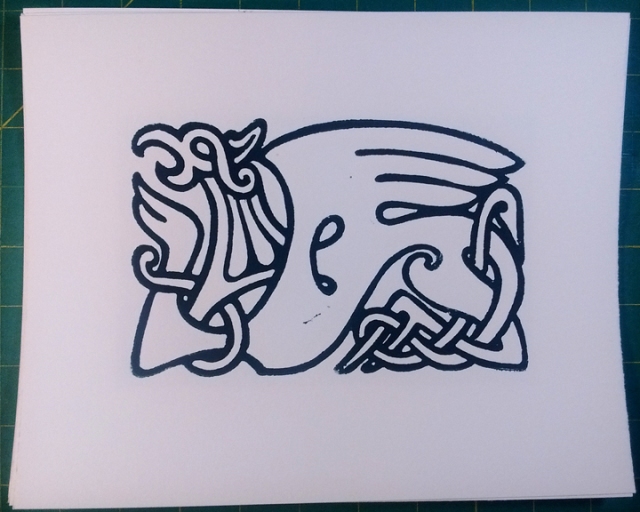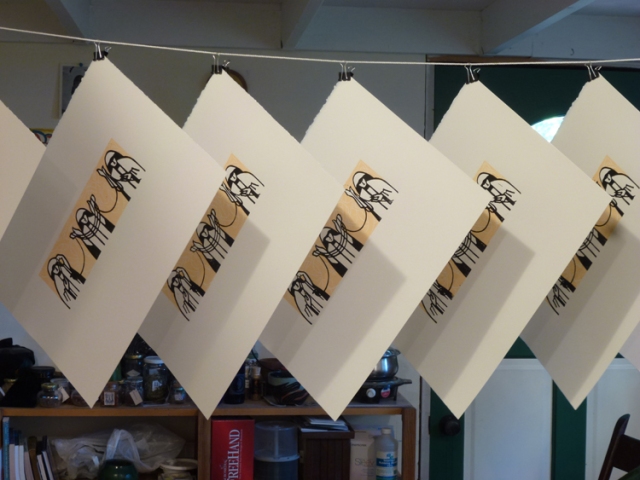Last year I tried doing Inktober, that online art challenge where you create an ink drawing every day in the month of October. I got about three days into it before something else claimed my time and I didn’t want to spend the time catching up. This year is different, in part, because I have a clearer focus than last time. Things (like paid work and deadlines) still claim my time and with less than half the month left to go, I’m still behind schedule. But this new focus keeps bringing me back.
What is so different from last year? First off, I now follow Jake Parker, the originator of Inktober, on Instagram and I got the official prompt list well in advance. If I had been a diligent monkey, I would have started conceptualizing back in September, but I didn’t. Secondly, I decided to go into the challenge with a goal in mind — improve my skills in drawing faces and hands.
My scattershot approach to subject matter is obvious in the first five days. But the portrait of Eric Idle as Sir Robin (day 5 – chicken) set me off in a new direction. Still focusing on faces, but not so much on hands, I realized that movies were a great source of reference material. I can work with the title, like Whale Rider (day 12 – whale), a scene, like from Tom Jones (day 6 – drooling), a character, like Bella Swan (upcoming day 15 – weak), an actor, like Andy Sirkis (day 9 – precious), etc.
Even though I have placed another restriction (movies) on top of my first (faces) which I added to the existing restrictions of the prompt list and working in ink, it is actually easier for me to come up with ideas. This is seeing restrictions as a container, like a mold, within which you create something. It’s not my concept and I don’t remember where I originally learned it, but I think it’s valuable. Some may balk at the word ‘restriction’ thinking it has negative connotations. If so, then think of setting strong parameters or guidelines instead. You should end up in the same place.
Above all, keep making art.







